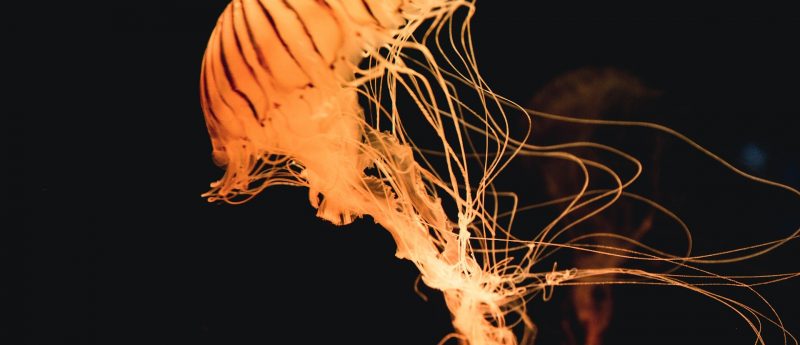Jellyfish collagen-based cell culture reduces contamination risk and inconsistency

A novel jellyfish-based hydrogel could enable contaminant-free cell culture with higher consistency and biocompatibility, and lower risk of off-target effects.
A hydrogel substrate for cell culture based on purified jellyfish collagen shows advantages over traditional cell culture media and could enable more reproducible cell therapies and regenerative medicine. In a recent study in collaboration with the National Physical Laboratory (Teddington, UK), JellaGelâ„¢, from Jellagen® (Cardiff, Wales), was demonstrated to effectively encapsulate cells as part of a robust protocol.
The founder of Jellagen, Professor Andrew Mearns Spragg, explained “The A4I collaboration with NPL’s Biometrology team has provided us with crucial information that we are implementing right away to develop the next generation of our products. We are launching this new product pipeline under a collective name of JellaGelâ„¢ that we believe will significantly improve the development and use of 3D cell cultures, from research lab to clinic.”
Jellyfish collagen is naturally free from prion and other disease vectors, and has low immunogenicity. It also contains lower non-specific miRNA than mammalian collagens and has high batch-to-batch consistency due to the simple jellyfish physiology.
Nilofar Faruqui, a research scientist from the National Physical Laboratory who led the project, commented: “3D tissue scaffolds such as hydrogels hold great promise for biomedicine including applications in cell therapies and regenerative medicine. One of the challenges for the commercialization of these materials requires establishing reproducible interdependencies between their physicochemical and biological properties. This has been an exciting collaboration that has provided us with new insights into how solving this challenge can help develop high value materials into high performance products.”
Source: https://www.jellagen.co.uk/blog/jellagen-launches-jellagel/
What is hydrogel?
A hydrogel consists of water held together with hydrophilic polymer chains which are cross-linked, so the hydrogel doesn’t just dissolve. The polymer chains can be from natural sources, like collagen and starch, or artificially produced.
What can hydrogel be used for?
Hydrogels are commonly used in cell culture and tissue engineering. They mimic the environment in which cells grow in the body and have been used to coat the insides of well plates. Hydrogels have also been used to control the release of drugs when they have been delivered to the body and ‘smart gels’ can be used as sensors.
What is traditional cell culture made from?
Traditional cell culture media contains everything a cell needs to grow and can be derived from natural occurring fluids, such as fetal bovine serum, or comprised of artificial components. Fetal bovine serum is the most common supplement in cell culture media as it has a low cost and contains all the nutrients and growth factors necessary. However, serum-free and chemically-defined media are becoming increasingly popular due to their reproducibility and immunogenicity.